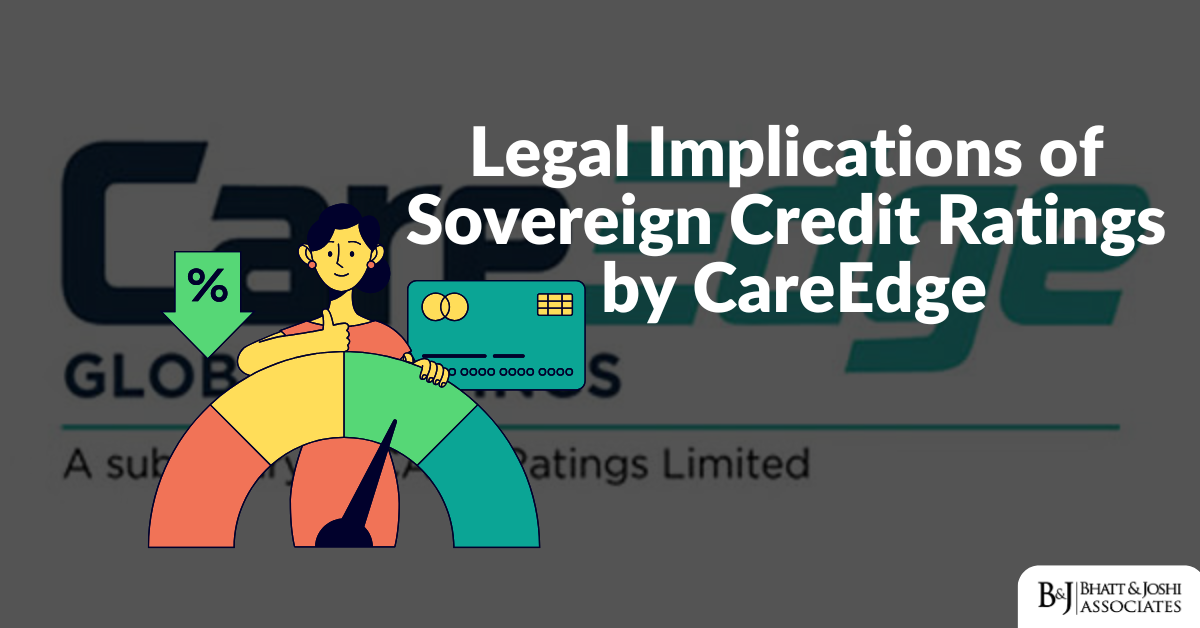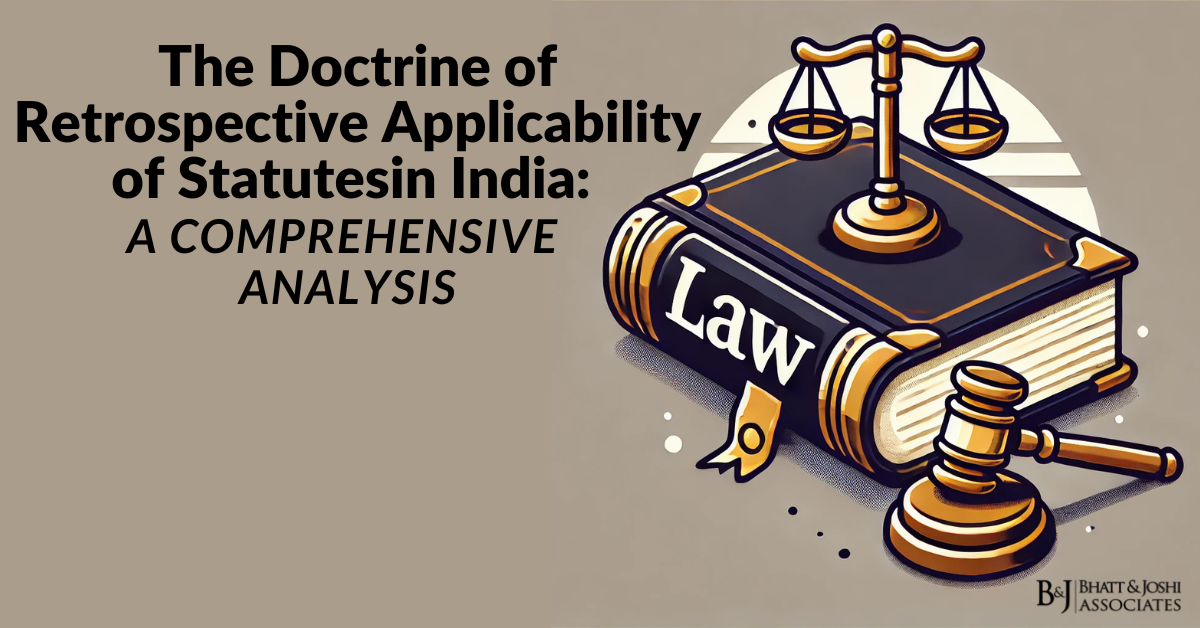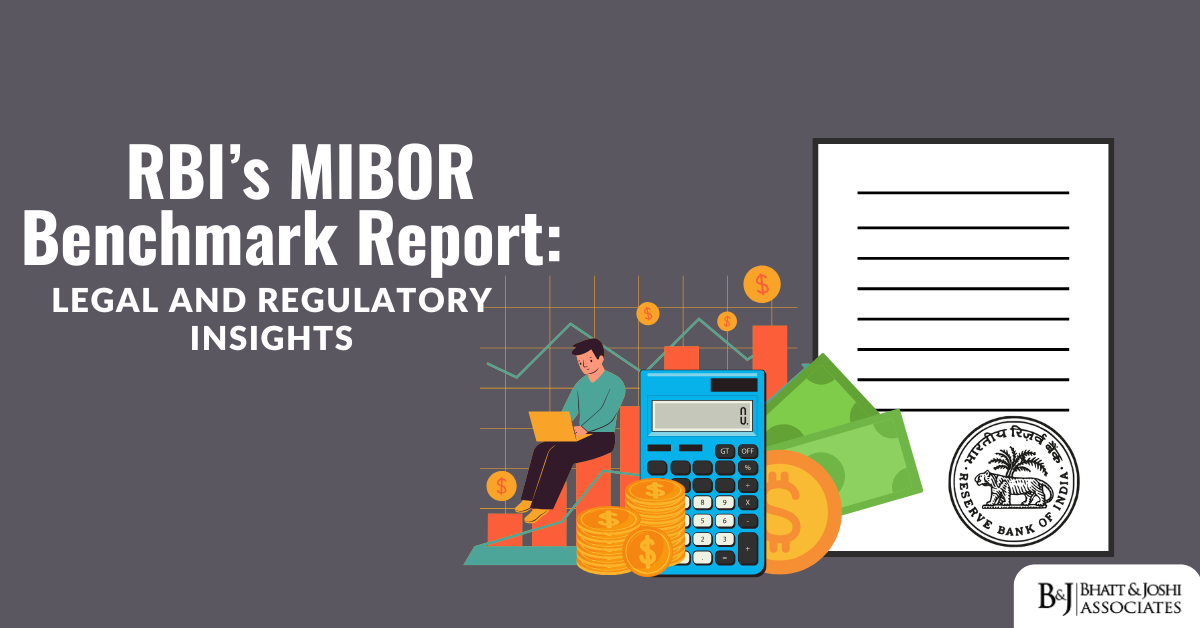Introduction
Sovereign credit ratings play a critical role in shaping a nation’s economic standing in the global financial landscape. These sovereign credit ratings, assigned by credit rating agencies (CRAs) like CareEdge, offer an assessment of a country’s creditworthiness and ability to meet its financial obligations. While they are invaluable for investors, governments, and financial institutions, their issuance is laden with legal implications, particularly regarding their regulation, accuracy, and accountability. This article delves into the legal implications of sovereign credit ratings by CareEdge, the regulatory framework governing such ratings, pertinent laws, and notable judicial decisions shaping the domain.
The Concept of Sovereign Credit Ratings
Sovereign credit ratings reflect a nation’s fiscal health, political stability, and economic resilience. CareEdge, a prominent Indian CRA, evaluates these factors to assign ratings that help investors gauge the risk associated with lending to or investing in a country. These ratings influence bond yields, interest rates, and access to international financial markets. The legal implications arise from the reliance placed on these ratings and the potential impact of inaccurate assessments on economies and investors. These ratings also shape perceptions of a country’s economic policies, further underscoring the need for precision and ethical conduct in their determination.
The process of determining sovereign credit ratings involves assessing a wide range of factors, including a country’s GDP growth, fiscal deficit, external debt levels, and political stability. Sovereign Credit Ratings by CareEdge, like other CRAs, rely on both quantitative and qualitative methodologies to arrive at their conclusions. However, the inherent subjectivity in these assessments makes them susceptible to disputes, as stakeholders may contest the fairness or accuracy of the ratings. This subjectivity also underscores the importance of robust regulatory frameworks to oversee CRAs and ensure the reliability of their outputs.
Regulatory Framework for Credit Rating Agencies
The regulation of CRAs, including CareEdge, is crucial to ensure transparency, accountability, and reliability. In India, the Securities and Exchange Board of India (SEBI) regulates CRAs under the SEBI (Credit Rating Agencies) Regulations, 1999. These regulations mandate CRAs to:
- Obtain registration from SEBI.
- Follow stringent norms for rating methodologies.
- Disclose conflicts of interest.
- Ensure independence in their evaluations.
SEBI’s oversight ensures that CRAs operate with integrity, safeguarding the interests of investors and stakeholders. The regulatory framework also includes periodic audits, mandatory disclosure of rating criteria, and the requirement to have a compliance officer to oversee adherence to regulations. These measures collectively aim to create a robust environment where CRAs can function independently while being held accountable for their ratings.
Globally, the International Organization of Securities Commissions (IOSCO) has established the Code of Conduct Fundamentals for Credit Rating Agencies, providing a benchmark for best practices. The IOSCO code emphasizes transparency, rigorous methodologies, and the avoidance of conflicts of interest. In the European Union, the European Securities and Markets Authority (ESMA) oversees CRAs under the Credit Rating Agencies Regulation, which enforces stricter controls to prevent conflicts of interest and enhance transparency. The United States follows a similar approach, with the Securities and Exchange Commission (SEC) regulating CRAs under the Credit Rating Agency Reform Act of 2006. These frameworks collectively ensure that CRAs adhere to high standards of accuracy and ethical conduct.
Legal Issues Surrounding Sovereign Credit Ratings
Accuracy and Methodology
One of the central legal concerns is the accuracy of sovereign credit ratings. CareEdge’s methodology must be robust, transparent, and immune to biases. Inaccurate ratings can have devastating consequences, such as increasing borrowing costs for governments or undermining investor confidence. Courts have occasionally examined whether CRAs can be held liable for negligence in their assessments. These legal questions revolve around whether CRAs owe a duty of care to the investors and entities relying on their ratings and, if so, whether a breach of this duty can lead to liability.
For instance, in Abu Dhabi Commercial Bank v. Morgan Stanley & Co. Inc. (2008), the U.S. District Court considered whether CRAs could be held liable for misleading ratings. The case highlighted the importance of due diligence and accurate methodologies in rating practices. It also underscored the need for CRAs to ensure that their assessments are backed by rigorous analysis and credible data.
Conflict of Interest
The potential for conflicts of interest poses significant legal challenges. CRAs like CareEdge must avoid situations where their commercial relationships compromise their objectivity. For example, a CRA might be tempted to issue favorable ratings to secure business from an entity it rates. SEBI’s regulations address this issue by mandating disclosure of any conflicts and prohibiting CRAs from offering consultancy services to the same entities they rate. Despite these safeguards, instances of alleged conflict of interest have occasionally surfaced, raising questions about the effectiveness of existing regulations.
Liability and Accountability
A critical question is whether CRAs can be held legally accountable for the consequences of their ratings. While ratings are considered opinions protected under free speech, courts have increasingly scrutinized their impact. In CalPERS v. Moody’s Corp. (2009), the California Public Employees’ Retirement System alleged that misleading ratings contributed to its financial losses. The case underscored the potential liability of CRAs for negligent or fraudulent ratings. However, establishing liability is often challenging due to the difficulty of proving intent or negligence in rating methodologies.
Impact on Sovereignty
Sovereign credit ratings can impinge on a nation’s sovereignty by influencing its economic policies. For example, a downgrade in ratings might force a country to adopt austerity measures to regain investor confidence, even if such measures are politically or socially unpalatable. Countries have occasionally contested ratings, arguing that they do not reflect ground realities. Legal disputes in such cases often revolve around the methodology and data used by CRAs. These disputes highlight the tension between the need for objective assessments and the potential for ratings to interfere with a nation’s policy autonomy.
Indian Context: CareEdge and SEBI Regulations
In India, CareEdge operates under the regulatory purview of SEBI. The SEBI (Credit Rating Agencies) Regulations, 1999, outline stringent compliance requirements, including periodic reviews of methodologies, mandatory disclosures, and adherence to ethical standards. The regulations aim to balance the need for accurate ratings with the protection of national interests. SEBI has also established a framework for addressing grievances against CRAs, ensuring that stakeholders have a mechanism to seek redressal for disputes related to ratings.
Case Laws in India
The Indian judiciary has occasionally weighed in on issues related to CRAs. In Sahara India Real Estate Corporation Limited v. SEBI (2012), the Supreme Court emphasized the importance of transparency and accountability in financial ratings. While the case primarily dealt with investor protection, its principles are applicable to the broader functioning of CRAs, including sovereign ratings. The judgment reinforced the need for regulatory oversight to ensure that ratings serve their intended purpose without causing undue harm to stakeholders.
Another notable case is Care Ratings Ltd. v. SEBI (2021), where the Delhi High Court examined the regulatory measures imposed on CRAs. The judgment reinforced the need for CRAs to adhere to SEBI’s guidelines and maintain high standards of accuracy and transparency. The case also highlighted the judiciary’s role in ensuring that regulatory frameworks are effectively implemented.
Global Case Studies and Precedents
Globally, courts have addressed the legal implications of credit ratings in several landmark cases. In Republic of Argentina v. NML Capital Ltd. (2014), the case highlighted the impact of sovereign ratings on debt restructuring and investor confidence. Argentina’s legal battle with creditors underscored the significance of accurate ratings in facilitating fair outcomes. The case also illustrated how ratings can influence negotiations between sovereign entities and their creditors.
Another significant case is The People of the State of New York v. Standard & Poor’s Financial Services LLC (2015), where allegations of deceptive practices in ratings led to a settlement emphasizing the need for CRAs to maintain transparency and integrity. This case underscored the potential for legal action against CRAs that fail to uphold ethical standards, setting a precedent for holding such agencies accountable for their actions.
Policy Reforms in Sovereign Credit Ratings
The legal implications of sovereign credit ratings necessitate ongoing reforms to address emerging challenges. Policymakers must enhance regulatory oversight to ensure CRAs’ accountability. One approach is to develop standardized methodologies that reduce inconsistencies and improve the comparability of ratings. Strengthening penalties for negligence or malpractice can also deter unethical practices and encourage greater adherence to regulatory requirements.
Transparency in the rating process is another critical area for reform. By making rating methodologies and data sources publicly available, CRAs can build trust among stakeholders and reduce the likelihood of disputes. Additionally, fostering collaboration between regulators, CRAs, and other stakeholders can help identify and address potential challenges more effectively.
Conclusion
Sovereign credit ratings by agencies like CareEdge are indispensable tools for global finance, yet they come with profound legal implications. The regulatory frameworks, both in India and globally, aim to ensure that these ratings serve their intended purpose without compromising national or investor interests. Legal precedents have played a pivotal role in shaping the responsibilities and liabilities of CRAs, ensuring that their methodologies remain fair and transparent. As the financial landscape evolves, the intersection of law and credit ratings will continue to be a critical area of focus for regulators, policymakers, and the judiciary. The legal scrutiny of CRAs, combined with ongoing reforms, promises to enhance the credibility and reliability of sovereign credit ratings in the years to come.













